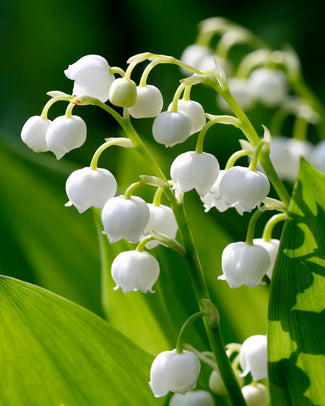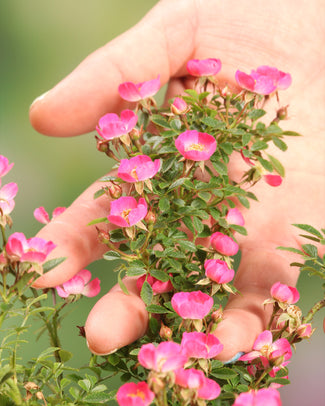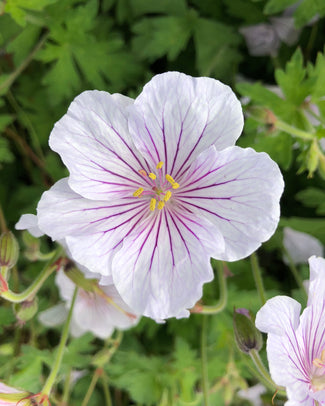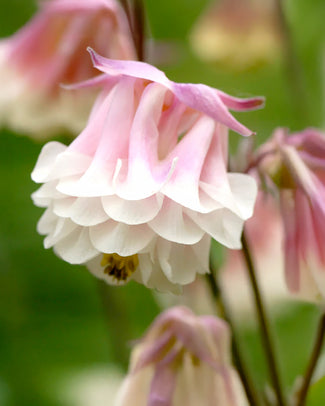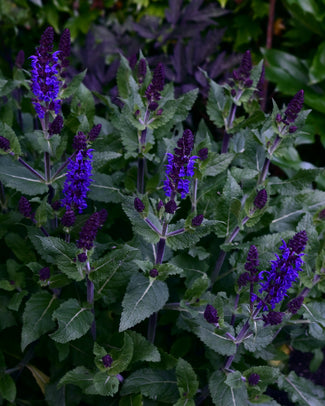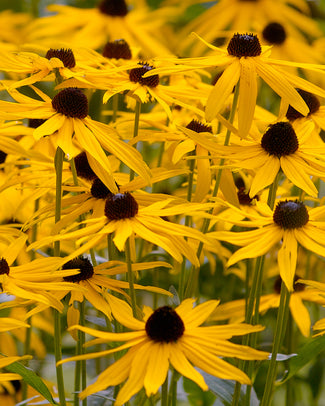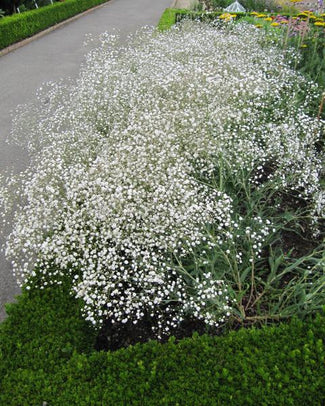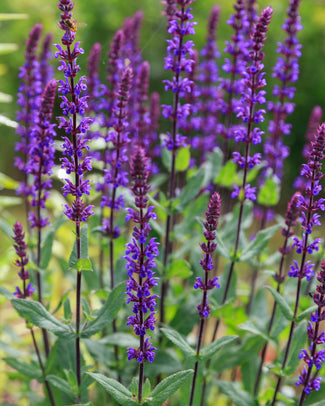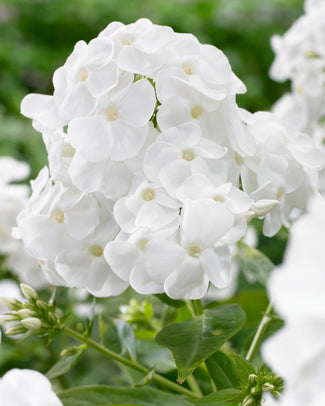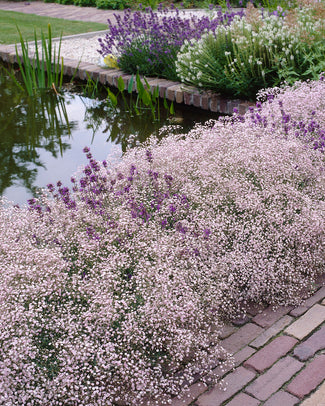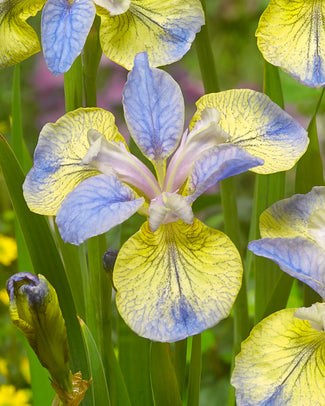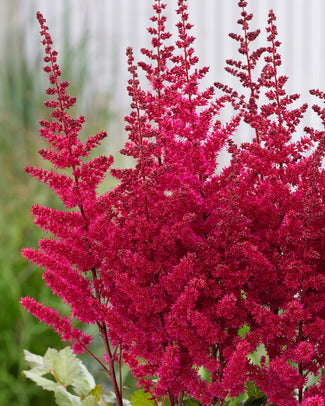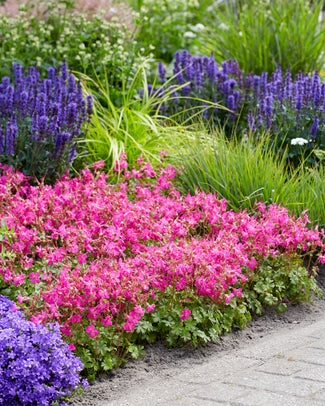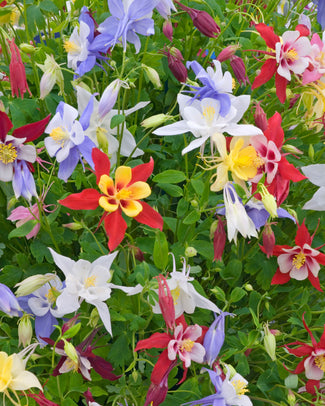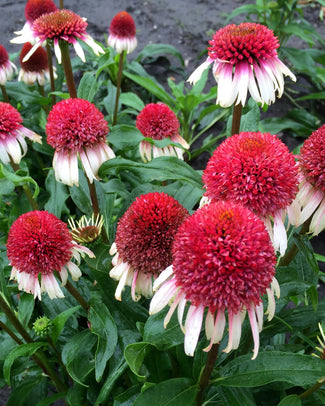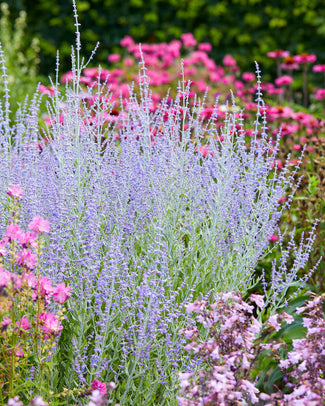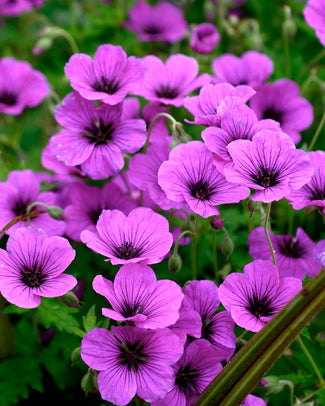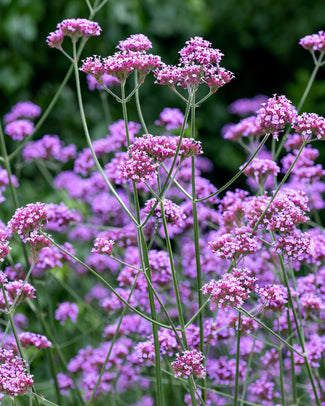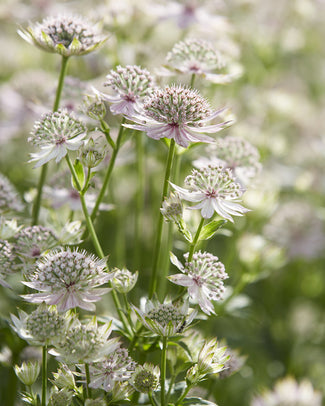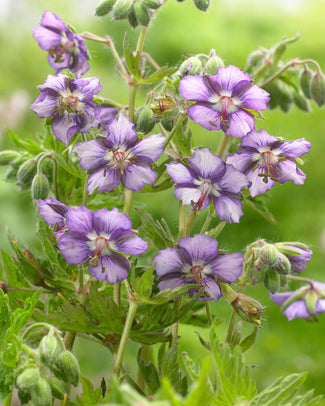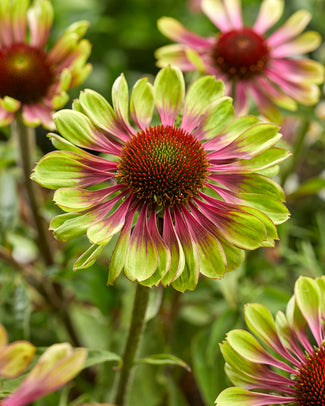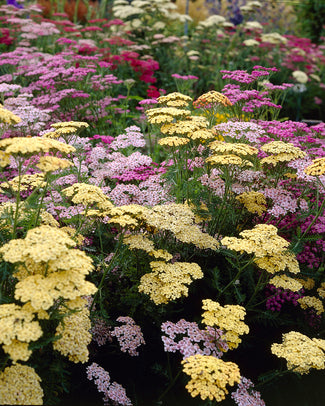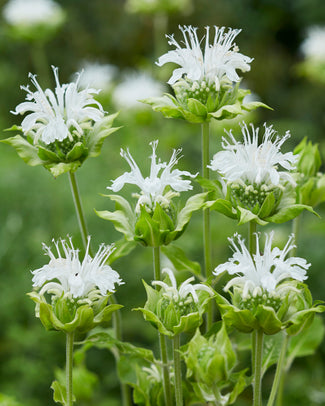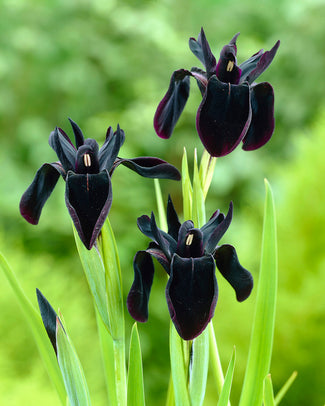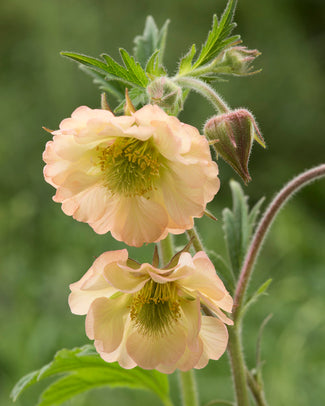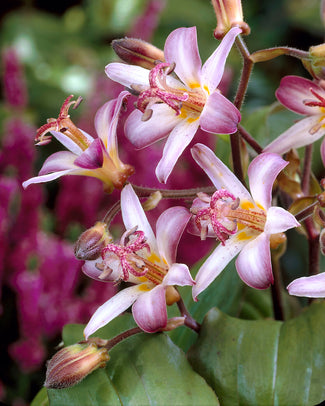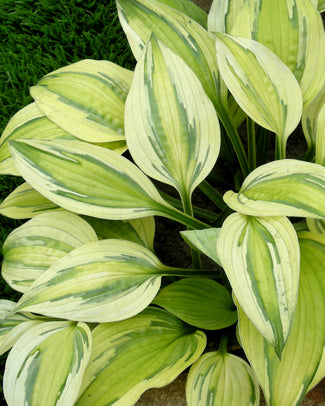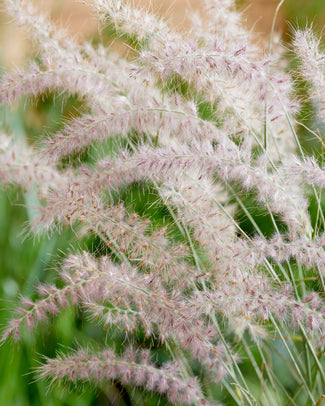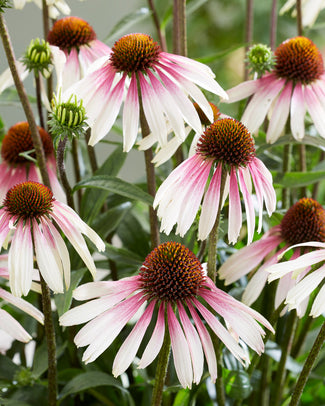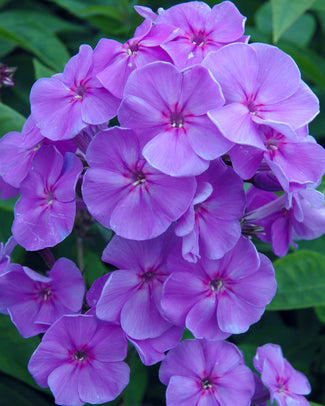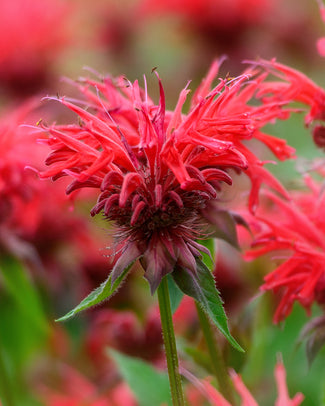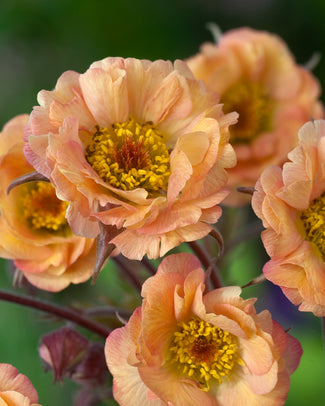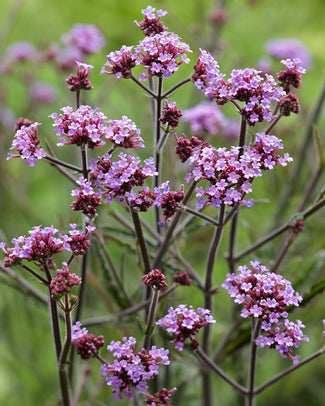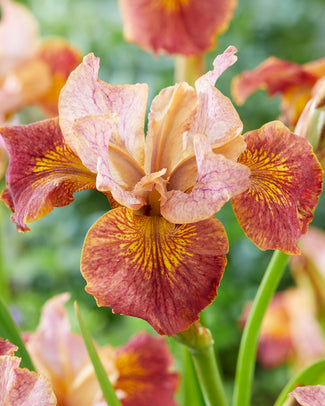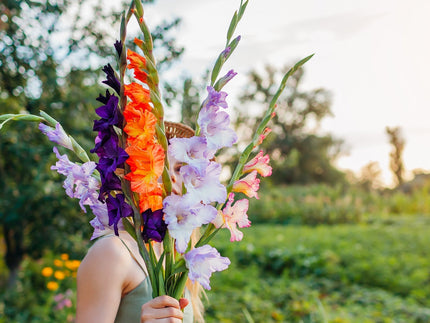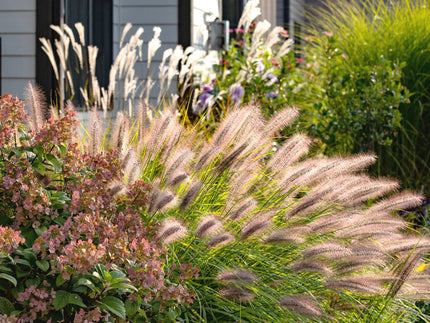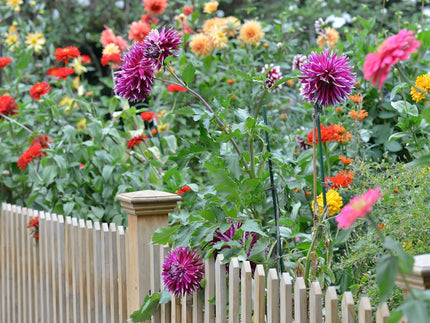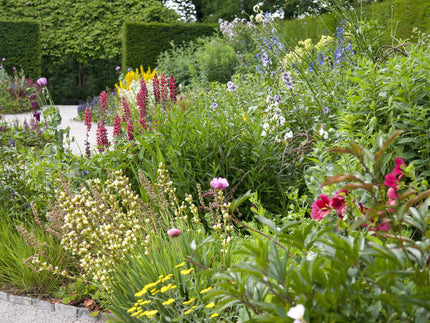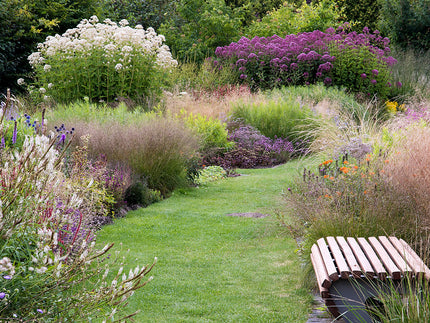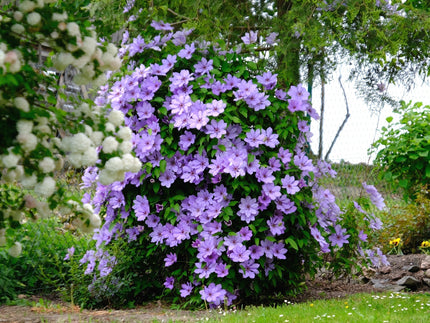How to plant Brunnera
Closely related to Borage, these shade loving perennials are also known as Siberian bugloss or False Forget-me-not. Brunnera is grown for its beautiful heart-shaped foliage which is often variegated or overlaid with intricate silvery patterns – perfect for lighting up gloomy corners! The flowers appear in spring as sprays of tiny blue blooms that rise above the new foliage. It makes elegant ground cover for cool, shaded areas, mingling among other leafy shade-lovers such as Hosta, Pulmonaria and Ferns, or softening path edges through dappled woodland walkways. There are good for combining with spring bulbs too.
How to plant
- Plant Brunnerabare roots in spring between February and May, ideally within a week of delivery.
- Soak the roots in water for 3-6 hours prior to planting. Pot into temporary 2 litre (or 15-20cm diameter) pots, using a good quality multi-purpose compost.
- Plant with the roots fully submerged in the compost with the crown/buds just level with the soil surface. Any shoots or emerging leaves should be left exposed above the soil surface. Water thoroughly after planting.
- Grow them on in their pots in a sheltered spot outside for around 2-4 months. They can be transplanted to suitable borders once growth is established and the plant comes out of the pot with the soil held intact by the roots.
- Brunnera tolerate most soil types apart from very dry soils. This plant prefers a cool position with moist but well-drained soil. Avoid very wet soils which could cause the roots to rot.
- Choose a position in dappled or full shade. The delicate foliage is best protected from full sun as the leaves may to scorch in hot, dry locations. However they can cope in sunny spots if the soil remains reliably moist in summer.
- This perennial is fully hardy and does not require winter protection.
- Keep well hydrated when in growth, particularly during the first year. Avoid over-watering however as this can lead to root-rot.
Aftercare
- Brunnera produces new leaves each spring. Flowers emerge in mid spring, offering a tempting feast of nectar to passing pollinators. The flower stems can be removed after flowering, but the foliage should be left intact for summer season. The foliage will naturally die back in autumn and can then be cut back to around 3cm above ground level.
- Brunnera is low maintenance once established and will quietly form attractive clumps of leaves over time.
































































































































































































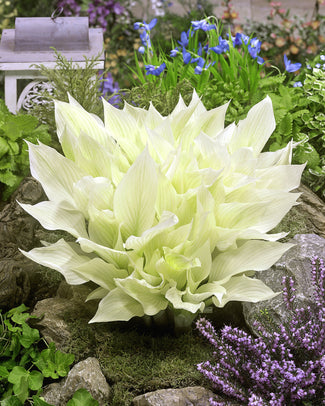
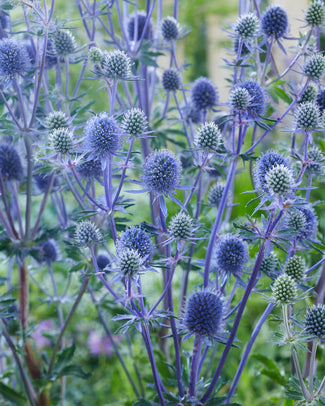
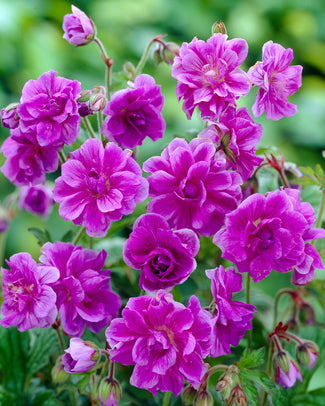
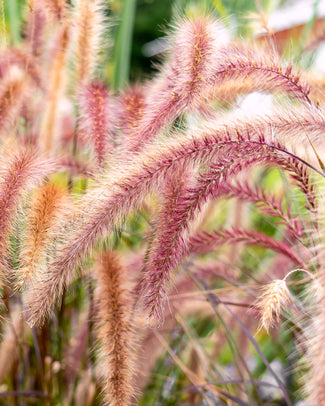
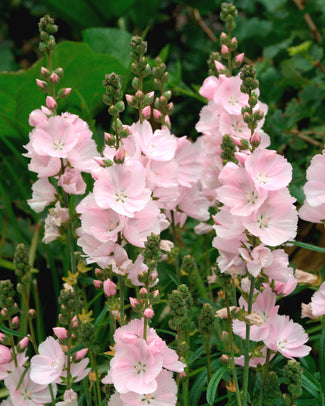
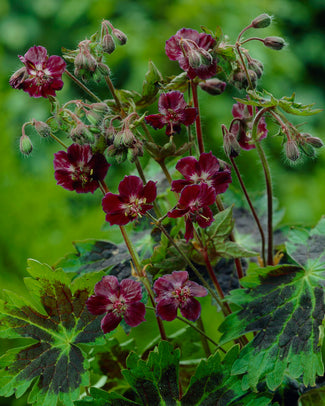
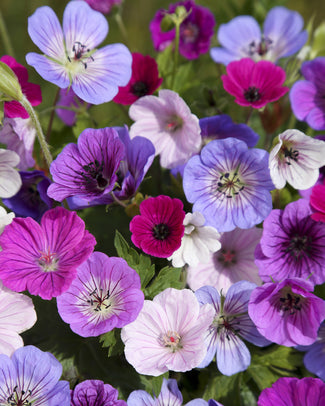
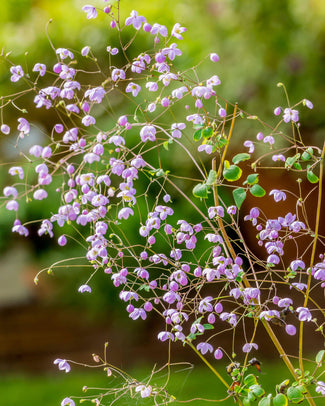
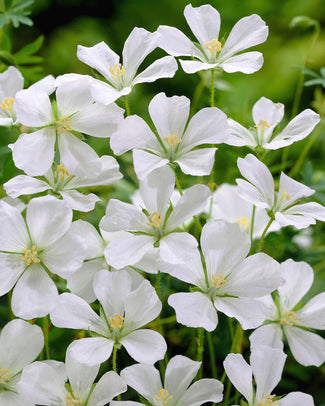
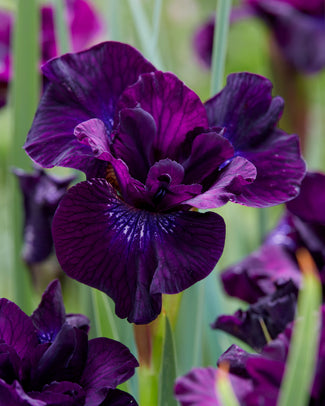
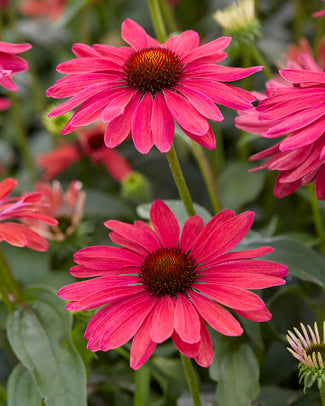
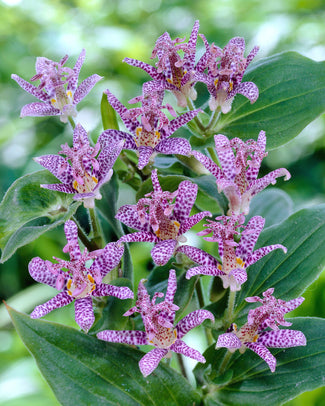
![Agapanthus 'Black Buddhist' []](http://www.farmergracy.co.uk/cdn/shop/products/agapanthus-black-buddhist-1_325x.jpg?v=1575625838)
